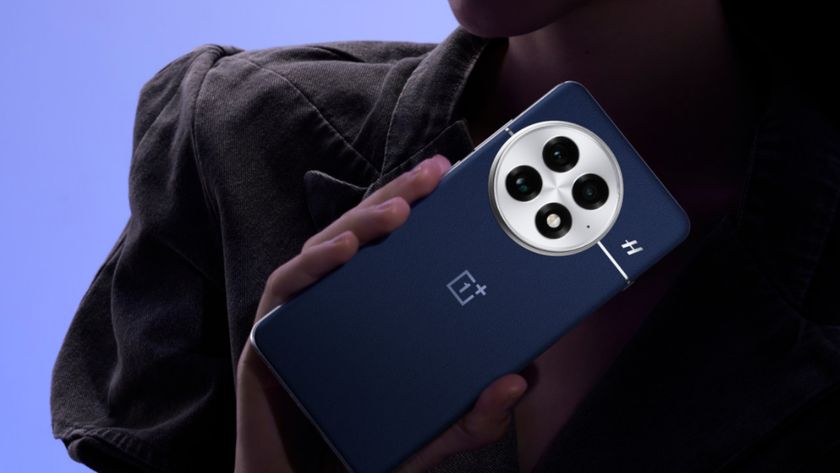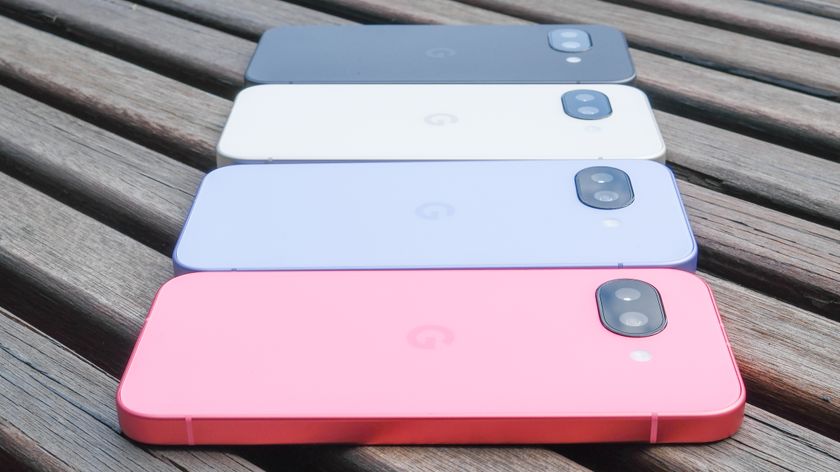Body heat to power super energy-efficient chips
Revolutionary processors could be with us in five years
A new innovation by Texas Instruments means future chips could not only be incredibly energy efficient, but they could actually be powered by human body heat. TI has certainly come a long way since the days of Speak and Spell – its the world’s third biggest supplier of semiconductor products after Messrs
and
.
The new proof-of-concept chip will, according to researchers, consume only a tenth of the power of current chip designs. The design could lead to mobile phones, implantable medical devices and sensors that last far longer. Commercial applications could become available "in five years in a number of exciting areas", explains one of the key project scientists.
It was shown in San Francisco this week at the International Solid State Circuits Conference by Joyce Kwong, a graduate student in MIT's Department of Electrical Engineering and Computer Science.
Get daily insight, inspiration and deals in your inbox
Sign up for breaking news, reviews, opinion, top tech deals, and more.
Kwong worked on the project with MIT colleague Professor Anantha Chandrakasan. The huge improvement in efficiency was due to a reduction in the voltage pumping round the chip. Many current chips work at 1 volt, while the new design works at just 0.3 volts.
Reducing the voltage level
However, this understandably required major work, since many current 1W chips are already lauded for their power efficiency because they have been optimised significantly already. "Memory and logic circuits have to be redesigned to operate at very low power supply voltages," Chandrakasan says.
The team built a DC-to-DC converter - which reduces the voltage to the lower level - right onto the chip. This is more efficient than having the converter as a separate component. The redesigned converter, memory and logic are all integrated as a system-on-a-chip.
“The goal is to make the power requirements so low that they could be powered by 'ambient energy'," says Chandrakasan. That’s using the body's own heat or movement to provide all the needed power. TI says that, in addition, the technology could be suitable for body area networks or wirelessly-enabled body sensor networks such as communications between music players and mobile phones.
Chandrakasan also explained that the variations suffered in chip manufacturing was a barrier to the development, since at lower power levels imperfections in the silicon become more problematic. "Designing the chip to minimise its vulnerability to such variations is a big part of our strategy," he says.
Dan (Twitter, Google+) is TechRadar's Former Deputy Editor and is now in charge at our sister site T3.com. Covering all things computing, internet and mobile he's a seasoned regular at major tech shows such as CES, IFA and Mobile World Congress. Dan has also been a tech expert for many outlets including BBC Radio 4, 5Live and the World Service, The Sun and ITV News.












